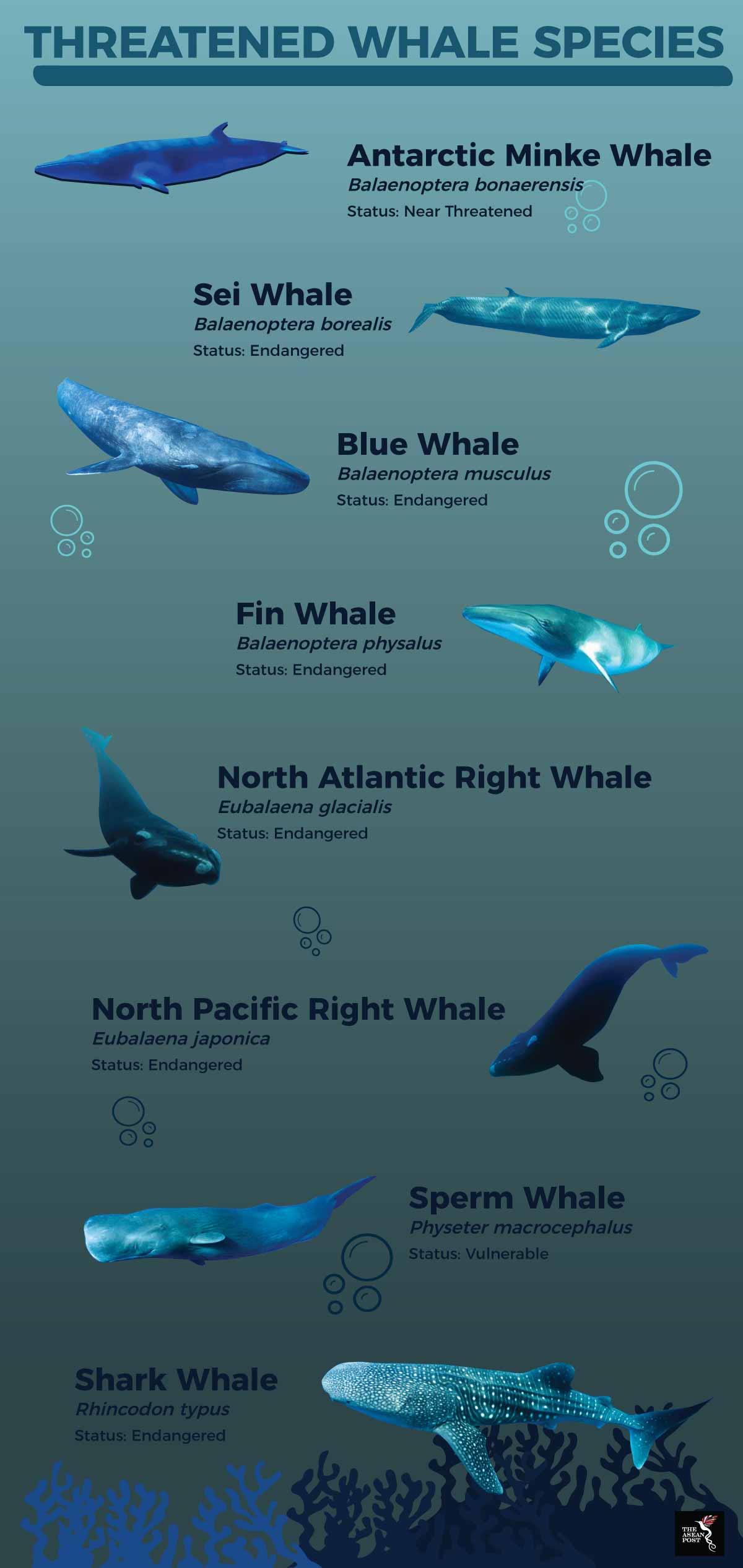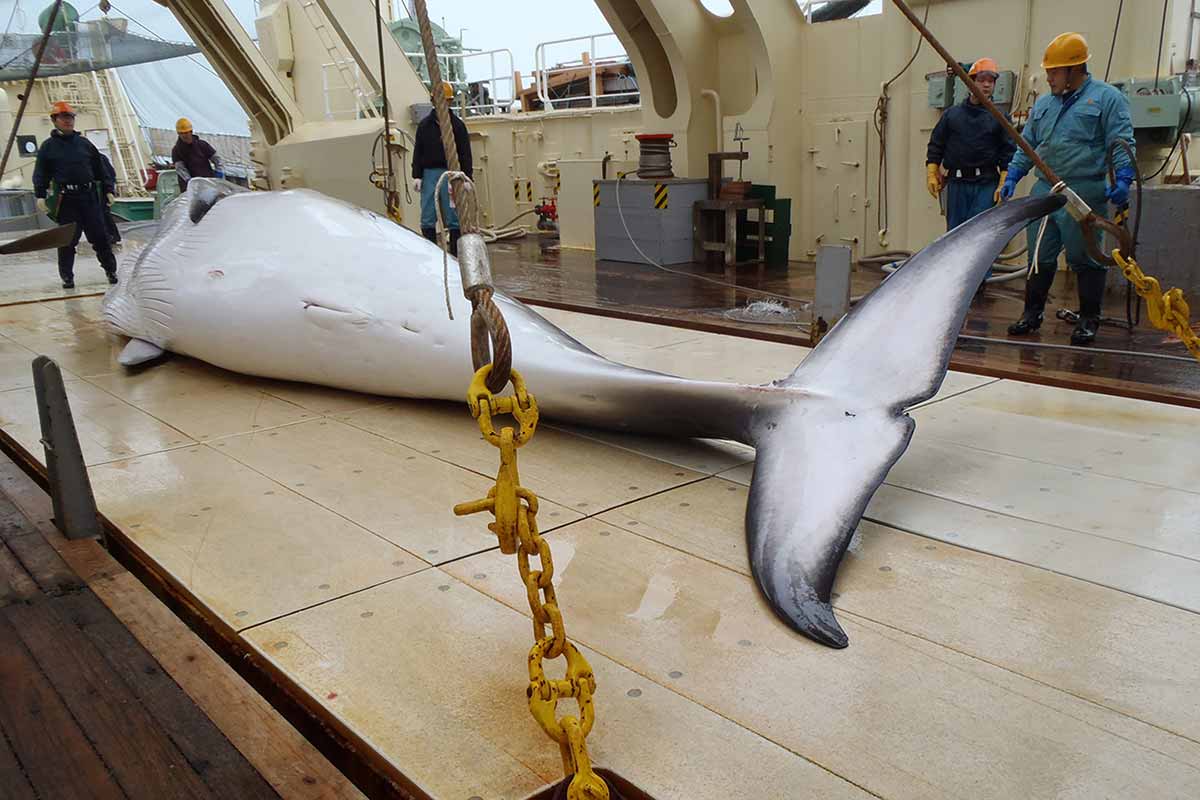Recent images of the Faroe Islands’ pilot whale hunt have again sparked renewed anger from conservationists and animal activists from around the world. Taken at the bay of Sandavágur on the western island of Vágar, the images showed dozens of pilot whales herded into the bay where they were killed, turning the sea red with the blood of the whales.
Conservationists and animal activists described the hunt as the action of archaic people, with no respect and empathy, and not driven by necessity. Witnesses described the pilot whale hunt as inhumane, with hooks used on the squealing whales’ blowholes to pull them closer to shore before they were hacked to death with knives.
The Faroese government defended the hunt as a natural part of Faroese life and the right of the Faroese people to use its natural resources. A long-held tradition, the whale hunt is regulated and monitored, with official records of all pilot whale hunts maintained since 1584. Shared within the community without the exchange of money, the meat and blubber are valued part of the national diet, without which they would need to import meat from abroad to supplement their nutritional requirements.
Whaling for subsistence
In 1986, the International Whaling Commission (IWC) introduced the moratorium on commercial whaling as a result of the depleting stock of some species of whales that were fished to near extinction. However, for the indigenous communities who have been whaling for cultural, subsistence and nutritional needs since the beginning of time, the IWC allows hunting of the otherwise protected animals exclusively for local consumption.
Although mostly associated with indigenous people in Greenland, Russia, the United States (US), and the Caribbean islands, subsistence whaling has also been reported in Southeast Asia. In Indonesia, fishermen from the small whaling village of Lamalera have been hunting whales and dolphins for centuries. Whaling is important for the village as the hard and rocky terrain makes growing crops impossible. It has been estimated that the villagers of Lamalera kill around 20 sperm whales a year, along with uncountable numbers of smaller pilot whales and dolphins.
As long as the Lamalerans whale for their own consumption and not for commercial reasons, they whale with the permission of the Indonesian government. However, the sustainability of this traditional source of nutrition is now being questioned due to the changes in hunting capabilities. Instead of traditional sailboats, boats with engines are more frequently used, extending the reach of hunting to levels not previously accessed traditionally. It is also feared that villagers from Lamalera were also hunting for commercial purposes and were involved in trafficking in wildlife parts. In July, Indonesian police intercepted a shipment of whale bones from Lamelara that was destined for Poland.

Source: IUCN.
Whales as part of a sustainable economy
In a religious phenomenon that is unique to Vietnam, fishing communities worship giant whales all along the country’s 3,200 kilometres of coastline. Whales were once considered sacred and a saviour, able to help weary travellers on their stormy voyages. On Vietnam’s Ly Son Island, a colourful temple that houses the remains of two sacred giant whales stands by the sea. In it, there is an altar for fishermen to offer their prayers to Ca Ong (Mr Whale) or Ong Nam Hai (Whale God) for safety. This ancient belief became the basis of the annual Whale Festival that is one of the biggest water festivals and a key tourist attraction in the Danang province.
In the Philippines, the island of Pamilacan became the centre of the whale hunting outcry following media coverage of the traditional practices of whale hunting in the early 1990s. When the Philippines became one of the first Southeast Asian countries to enact policies protecting the marine mammals, the islanders stopped whaling and began operating one of the leading dolphins and whale watching tourist sites. The experience and skills of the indigenous whale hunters is today used to spot whales for the enjoyment of eager tourists.
Whilst acknowledging the need of indigenous people to rely on marine resources for survival, it is also important to recognise that hunting practices and conditions have changed over time. Just as whaling for scientific reasons as a cover for commercial whaling is unacceptable, whaling for subsistence needs to be monitored and local awareness nurtured to ensure that the practice is not used as a cover for wildlife trafficking.
Related articles:
